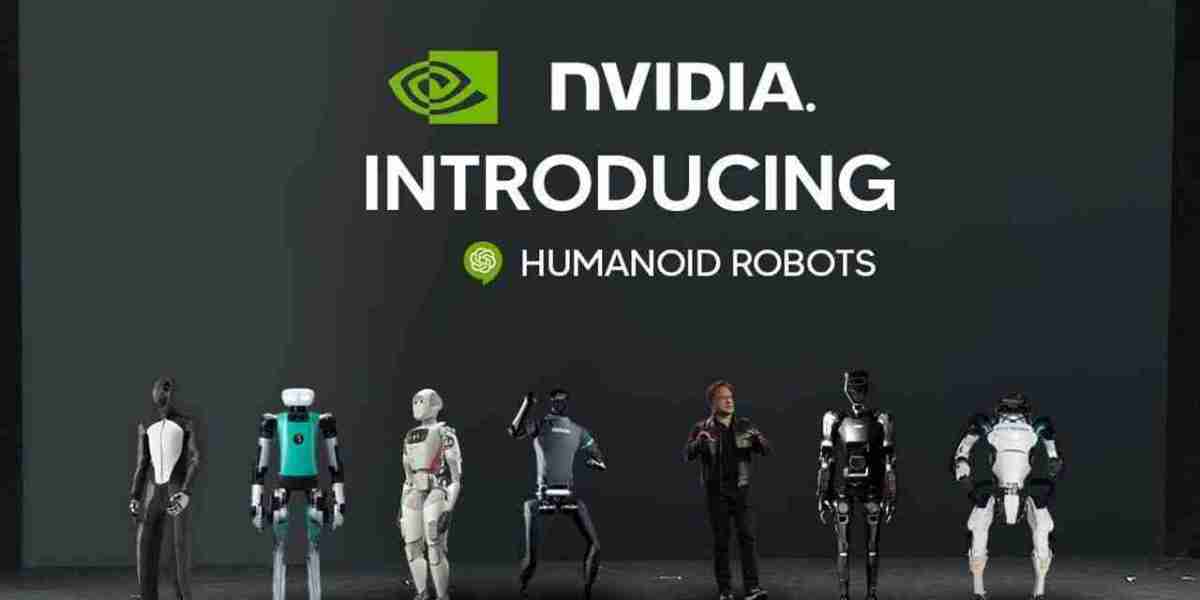Nvidia is renowned for its expertise in graphics processing units (GPUs) and artificial intelligence (AI) technologies. They have developed powerful AI platforms and hardware accelerators that excel in tasks such as machine learning, computer vision, and natural language processing. If Nvidia were to develop a humanoid robot project like "GROOT," it could likely leverage its AI expertise to create a robot capable of advanced perception, decision-making, and interaction with humans.
Tesla, on the other hand, is primarily known for its electric vehicles and autonomous driving technology. While they haven't ventured explicitly into humanoid robotics, Tesla's expertise in AI, sensor technology, and robotics (through their manufacturing processes) could enable them to create advanced robots like "Optimus." Tesla's focus on autonomy and robotics within its vehicles suggests that if they were to pursue humanoid robots, they might prioritize features like mobility, navigation, and integration with existing Tesla technologies.
In a hypothetical scenario where Nvidia's GROOT and Tesla's Optimus are competing humanoid robot projects, they might take different paths:
Nvidia GROOT:
- Leveraging Nvidia's AI expertise, GROOT could excel in tasks requiring advanced perception, manipulation, and interaction with humans.
- It might be proficient in understanding and responding to natural language, recognizing objects and gestures, and adapting to various environments.
- GROOT's design might prioritize versatility and adaptability, making it suitable for a wide range of applications, from home assistance to industrial tasks.
Tesla Optimus:
- Drawing on Tesla's experience in electric mobility and autonomous systems, Optimus could prioritize mobility and navigation capabilities.
- It might feature advanced locomotion systems, such as dynamic balancing, obstacle avoidance, and efficient energy management.
- Optimus could integrate with Tesla's existing ecosystem, potentially serving as a mobile extension of Tesla's automotive or energy products, or even enhancing the capabilities of autonomous vehicles.
In summary, while Nvidia and Tesla have distinct areas of expertise, both companies could potentially develop formidable humanoid robot projects. Nvidia might focus on AI-driven perception and interaction, while Tesla might emphasize mobility and integration with its existing technology ecosystem. However, without specific details about Nvidia GROOT or Tesla Optimus, this comparison remains speculative.

